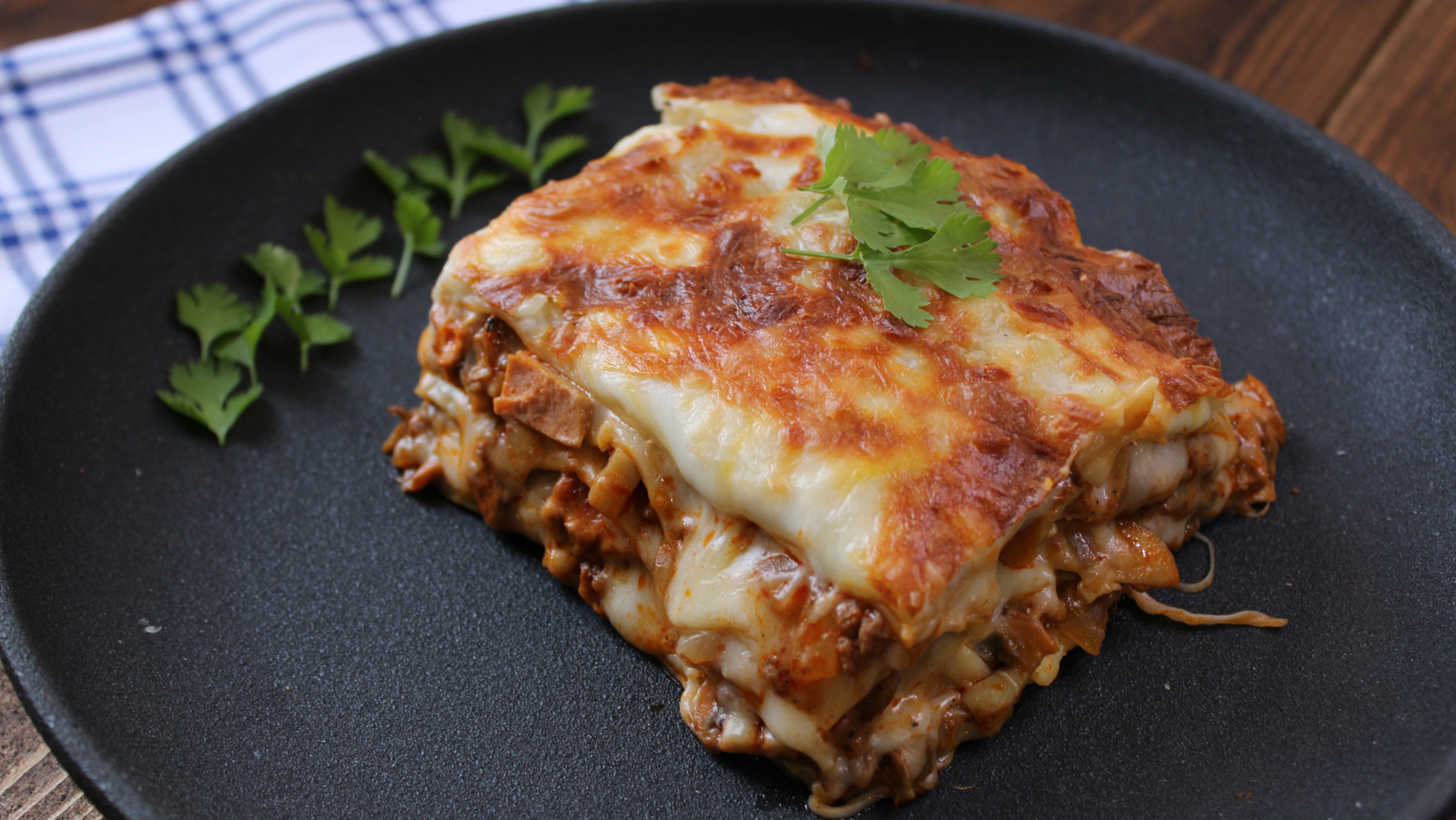
From far-flung battlefields to your nearest convenience store, bento have come a long way. Bento (or with its honorific, obento ) is often translated as lunch box in English. Whether you’re a bento newbie in search of tips or simple recipes , Savvy is here for you! But, bento are much more than just containers of yesterday’s leftovers.
In fact, they are a key part of Japan’s everyday cultural landscape. As with any food in the world, bento packs in a rich history dating back centuries. To get up to speed, keep reading for a brief history of bento and the most popular modern varieties out there today.

What Is Bento? While the idea of a packed Japanese lunch box seems fairly straightforward, several elements make up a bento. Bentos are carefully balanced to include a variety of food groups, dishes, flavors and textures. They often include: Rice or noodles M eat Fish Sausage Eggs or tamagoyaki (a sweet Japanese omelet) P ickled and/or cooked vegetables Fruit Is There A Difference Between Bento and Bento Box? There is a difference, yes, and although subtle, it is important to remember.
Bento (弁当) refers to the meal itself, a Japanese-style packed lunch, while bentōbako (弁当箱; bento box) is the container used to hold the bento. So, you eat a bento, but it’s packed in a bentōbako! The History of Bento Many of us carry bento boxes to and from work or school every day, but did you know that they have a long history in Japan? Predecessors to the Bento The origins of bento can be traced back to the Nara period (710-794). In the mid-seventh century, the first national tax system in Japan was established alongside an increasingly centralized government.
As part of this system, provinces selected local individuals to transport taxes to the capital. This journey was often arduous, and to cut down on weight, these tax couriers typically carried and ate hoshi-ii (rice that was boiled and then dried). This meal-on-the-go is often considered an early form of today’s bento.
Warring States Need To Eat Too The 15th and 16th centuries were filled with brutal conflicts between regional powers throughout Japan. As armies got larger, so too did the need to feed soldiers as they moved from one campaign to the next. One of the most common ways to carry your meal was around the waist and held together with a uchigaibukuro , a cloth that could be as long as three meters in length.
Portable food, such as rice balls, could be wrapped within. Depending on what was available, soldiers could also carry miso balls, pickled vegetables and dried fish. The actual bento box, which was the container for holding food, first appeared near the end of this period and was made of lacquered wood.
Modern Bento The bento that we enjoy today began to take root in the Edo period. As the Tokugawa family established their rule in Edo (present-day Tokyo), they ushered in an era of stability and security that would last over two-and-a-half centuries. Travel between different regions became more common and people carried bento on their journeys.
Over in the newly established capital in Edo, makunouchi were a popular form of bento eaten in theaters. Meaning “between acts,” these bento were often enjoyed during intermissions of long kabuki performances. Makunouchi usually contained rice, fish, pickled vegetables and a pickled plum.
The separation of the foods within the container resembled the way today’s bento boxes look. Types of Bento & Where to Get Them Now that you know a bit about bento, next is exploring the myriad of bento options and where to find them. Bento Box Containers You can buy a typical bentōbako used to pack a meal for work or leisure at a variety of retailers.
From stores specializing in bento boxes and kitchen goods to zakkaten (variety shops) and big box retailers like Loft or Bic Camera, you can pick up a bento box almost anywhere. Even most 300 and 100-yen shops sell them. They can come in a variety of shapes, like round or rectangular, and sizes, such as single, double or even triple layers.
There are also plenty of accessories, including utensil holders, insulated bags and gel packs to keep your food cold. キャラ弁 Kyaraben (Character Bento) Character bento are homemade lunches for children that feature their favorite anime or manga characters. These can be on the simple side with rice formed in the shape of Mickey Mouse’s silhouette accompanied by plastic pins depicting the world-famous mouse.
Or, they can look like works of art that reimagine each aspect of lunch as elements of a character’s universe. But, while our jaws drop at the sight of character bento, we should also remember the women who are often the laborers behind these delicious designs. Bento-On-The-Go Maybe you’re short on time or leftovers to pack a bento box for the day.
Don’t worry because there are an incredible amount of places where you can purchase today’s bento lunch: Convenience stores Retailers specializing in bento meals, such as Hotto Motto Trucks and pop-up stands selling bento lunches (these are usually found in areas with a high concentration of companies, especially around lunchtime) Supermarkets 駅弁 Ekiben (Station Bento) Many of us know that Japan is famous for its trains, like the shinkansen (bullet train). Another aspect of Japan’s train culture is ekiben . Ekiben are bento meals made for a train trip and are as old as the railroad in Japan which began in the late-19th century.
Ekiben is sold in major and mid-sized stations across the country, usually found inside the shinkansen gate. They tend to feature local cuisine, but larger stations like JR Tokyo may sell ones from other regions too. 花見 Hanami (Cherry Blossom Viewing) Bento The end of March and the start of April signals the start of spring with beautiful pink and white sakura (cherry blossoms) erupting into full bloom.
For centuries, people in Japan have been holding flower-watching picnics ( hanami ) under sakura trees. In fact, hanami bento are their own category of lunch boxes. A typical hanami bento may include onigiri (rice balls), sakura mochi (red bean paste covered in mochi and a sakura leaf), hanami dango (three-skewered round rice cakes in pink, white and green), and even karaage (fried chicken).
Also, while you can make your own, everywhere from supermarkets to department stores sells hanami bento. For more about hanami bento and everything else you need to know about cherry blossom season, head over to our annual cherry blossom season articles round-up ! Do you have a favorite bento? Let us know what’s in it in the comments below!.














